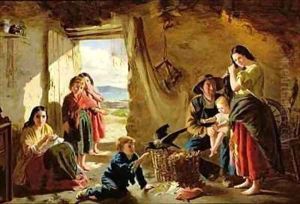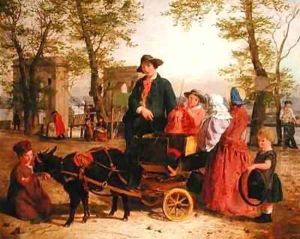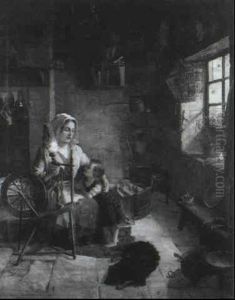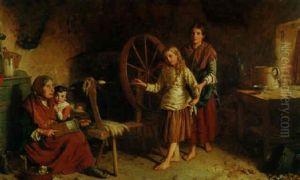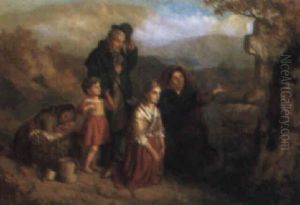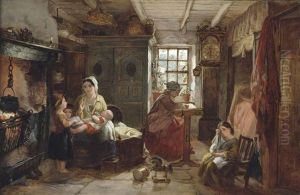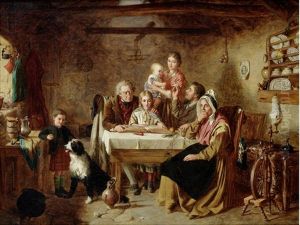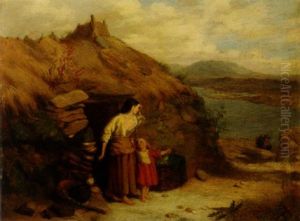George Washington Brownlow Paintings
George Washington Brownlow was a British artist born in 1835, known primarily for his watercolor paintings. His artistry emerged during the Victorian era, a period that saw a vast expansion in the appreciation and production of art in Britain. The Victorian era was marked by its eclectic styles, encompassing everything from the Pre-Raphaelites' detailed and vividly colored works to the landscapes and social commentary found in the works of many artists of the time. Brownlow, however, carved his niche within the watercolor medium, contributing to the period's rich artistic diversity.
Brownlow's work often depicted rural and pastoral scenes, capturing the British countryside with a delicate and nuanced approach that was characteristic of watercolor paintings of his time. His ability to render the subtleties of light and the natural world endeared him to his contemporaries and the art patrons of his era. Despite the prominence of oil painting, watercolor was undergoing a renaissance of its own during the 19th century, and artists like Brownlow were at the forefront, pushing the boundaries of what could be achieved with this medium.
Throughout his career, George Washington Brownlow exhibited at several prestigious institutions, including the Royal Academy and the Society of British Artists, which were central to an artist's success and recognition during the Victorian period. His exhibitions would have provided a vital platform not only for selling his work but also for gaining the critical acclaim necessary for a sustained career in the arts.
Unfortunately, Brownlow's life and career were cut short when he died in 1876 at the age of 41. Despite the brevity of his career, his contributions to the field of watercolor painting during the 19th century were significant. His works, though perhaps not as widely recognized today as some of his contemporaries, continue to be appreciated for their technical skill and serene beauty.
In the years following his death, George Washington Brownlow’s works have been featured in various exhibitions and collections, serving as a testament to his skill and the beauty of his artistic vision. His paintings encapsulate a tranquil and idyllic vision of the British landscape, offering a window into the rural life of the 19th century through the lens of his watercolor expertise. As such, Brownlow remains a noted figure for those interested in the Victorian era's art scene and the development of watercolor painting as a respected and beloved medium.
